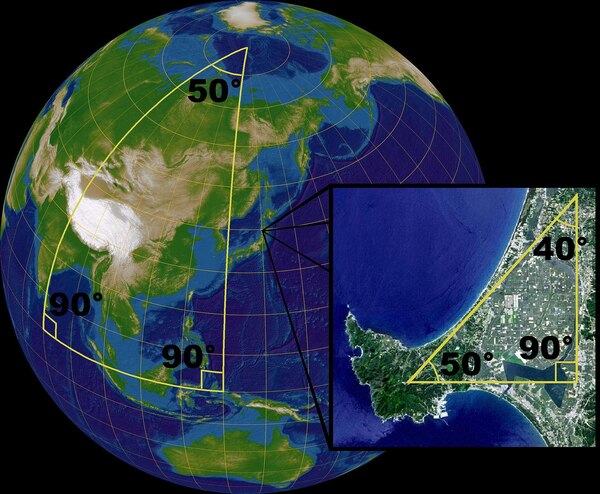Lightweight and robust quadcopter guards
Tue 16 November 2021Tagged: 3dprinting
I recently built a small quadcopter and have been flying it around the house. Predictably, I have been crashing into the walls a lot. I wanted to put some rotor guards on to stop the propellers from scratching things, and I have come up with a 3d-printable rotor guard design that I think is quite elegant.
Printed in Prusament PC Blend, it looks like this:
I would suggest printing this sort of thing in something like PC, TPU, or Nylon. PETG would probably be fine too. I know PLA not to be strong enough.
DJI's FPV drones have guards like this:
And this is a fine solution for a mass-produced part!
The weakest part of a 3d print is the joins between the layers. The problem with trying to 3d print the DJI shape is that whatever orientation you print it in, the cross-sectional area for layer adhesion would be very small at some point or another, which means they would break very easily. You can mitigate this by making the part thicker, but that would add weight, which is at a premium on a small quadcopter.
My design prints flat and is then folded up later, using only the existing motor-mounting screws for attachment.
(Image from Wikipedia)
It makes use of spherical geometry to form a triangle out of 3 angles that sum to more than 180°. Trying to close such a triangle causes the sides to bulge out to fit a sphere, which gives our shape the 3-dimensional nature we're after. I haven't actually got a solid grasp of the maths required to calculate the lengths of the sides so I just made some educated guesses and then refined the shape over a handful of iterations. (An arc through α radians with radius r must have length αr, but it is more complicated when dealing with real-world parts of non-zero thickness).
At 0.8mm tall, and printed in PC Blend with the "0.15mm QUALITY" preset in PrusaSlicer, these work out to only 0.9g each.
Here's a photo of an earlier iteration, printed in PLA, and showing a comparison between the printed part (flat) and installed part (curved):
By printing it flat, almost all of the stress on the part is contained within the layers, and the little stress that remains between layers is spread over the surface area of the entire part. This makes it significantly stronger than a comparable part that is printed in its final form. Another benefit of the flat design is that it is suitable for laser cutting or CNC routing.
As it stands it's definitely not robust enough when printed in PLA:
But I've had quite a lot of crashes with the version printed in PC Blend and it is not showing any signs of damage.
Using geometry to force flat parts into lightweight curved shapes seems like quite a powerful idea. I wonder what parts other than quadcopter rotor guards we could make lighter or stronger this way?
If you like my blog, please consider subscribing to the RSS feed or the mailing list:






